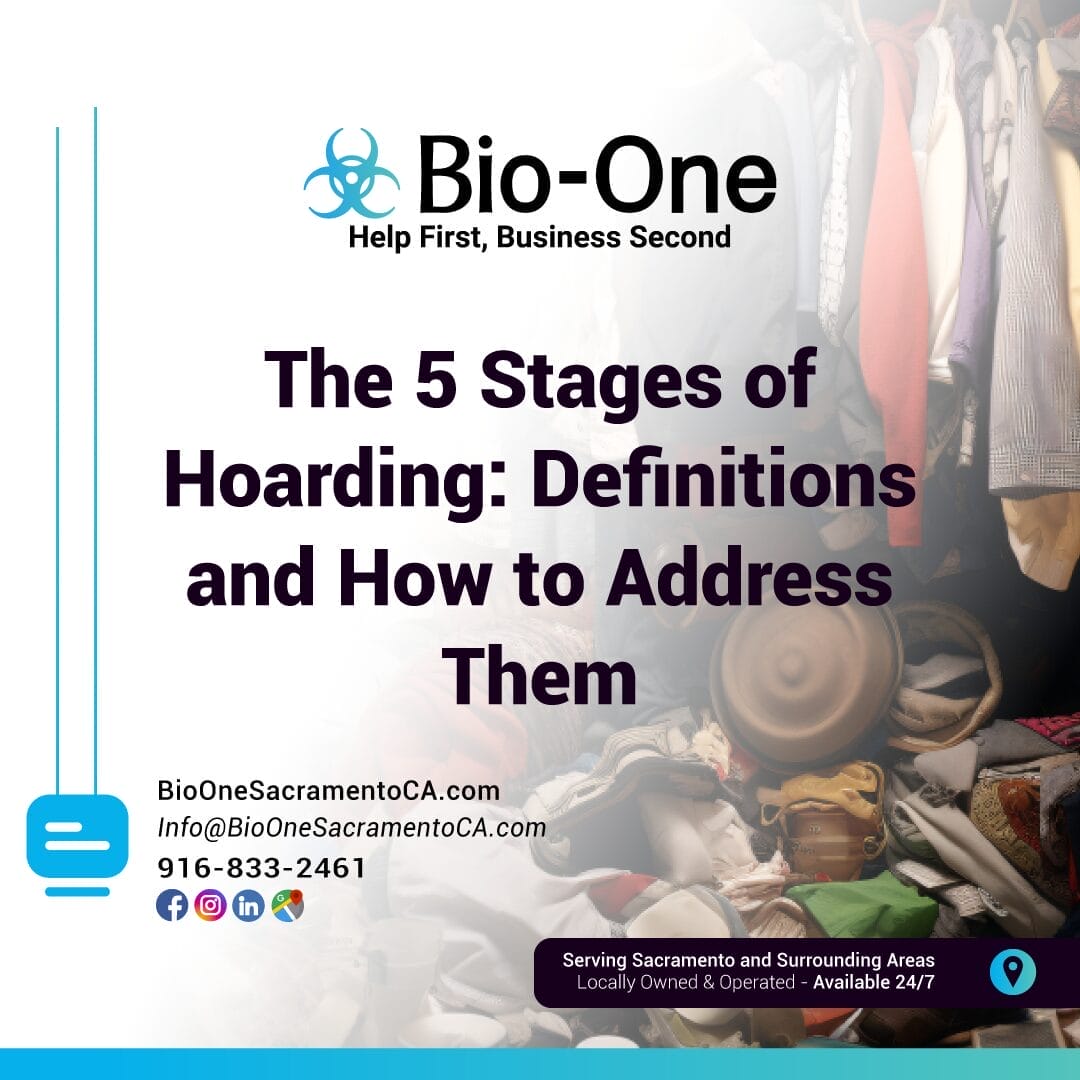
Hoarding affects approximately 4-6% of the population and is characterized by excessive accumulation of items and difficulty discarding them. It can have a range of negative consequences, including strained relationships, financial problems, and health hazards. But did you know that it can be categorized into 5 distinct stages? Understanding each of these stages can help better understand what the individual may be going through.
The 5 Stages of Hoarding
Hoarding is not a situation that occurs overnight. It can be a gradual process that intensifies over time through a series of stages:
1. First Stage: The Clutter Begins
The initial stage is often mistaken for simple disorganization. Spaces in the home might be cluttered, but no living areas are compromised. At this stage, while there might be slight embarrassment about the condition of the living space, there’s no significant distress or functional impairments.
2. Second Stage: Over-cluttering
During the second stage, one or more rooms begin to lose their intended functionality. An individual may purchase items they don't need or save an excessive number of items like junk mail or newspapers. At this stage, the individual's clutter is noticeable, and there may be feelings of shame or embarrassment about the state of their home. The clutter begins to affect the quality of life, causing discomfort to residents and visitors.
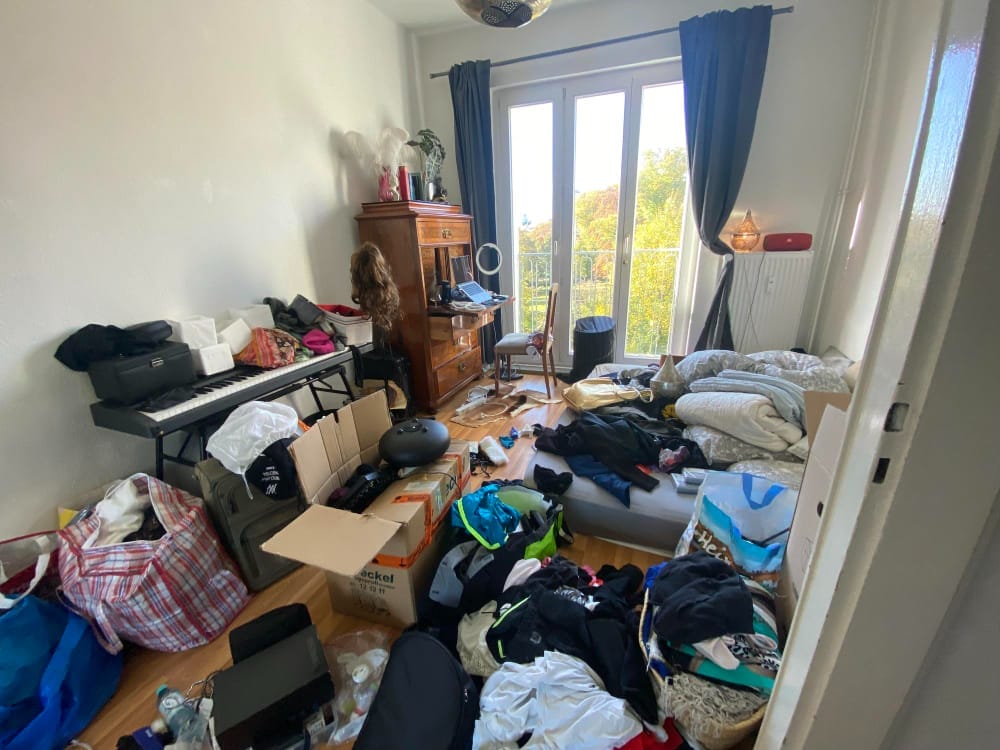
3. Third Stage: Significant Impairment
At this midpoint, the clutter severely affects the functionality of living spaces. Essential appliances may be blocked, and beds or bathrooms become unusable. There is often a significant increase in acquiring objects and a noticeable difficulty in giving anything away. Feelings of isolation and withdrawal from social activities may occur due to the embarrassment of inviting people into a cluttered home.
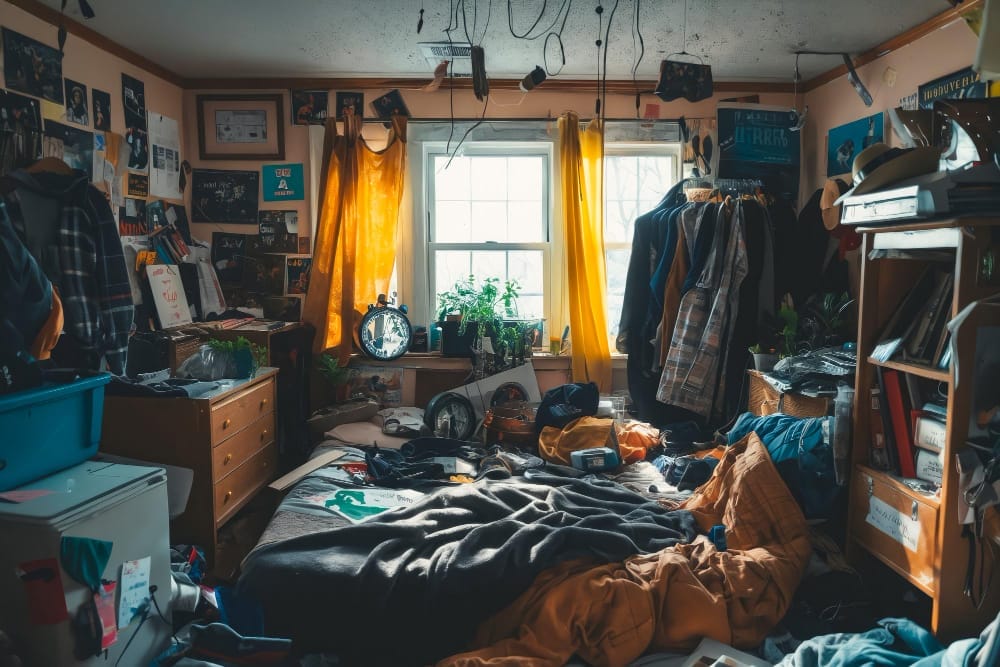
4. Fourth Stage: Severe Hoarding
The fourth stage of hoarding is characterized by clear neglect of the home. Structural damage to the property may be left unrepaired, and there may be issues with cleanliness, which ultimately results in unhealthy living conditions. At this point, it's difficult to approach the individual, as they may be in denial about the severity of their behavior. In some cases, severe hoarding can lead to eviction or legal action from landlords or local authorities.
5. Fifth Stage: Extreme Hoarding
The final stage of hoarding is extreme and often considered a mental health disorder. At this point, the individual has lost all control over their possessions, and their property may be deemed uninhabitable. An excessive amount of garbage and squalor creates physical and emotional distress for both the hoarder and those around them. In some cases, intervention from mental health professionals or social services may be necessary to address the situation.
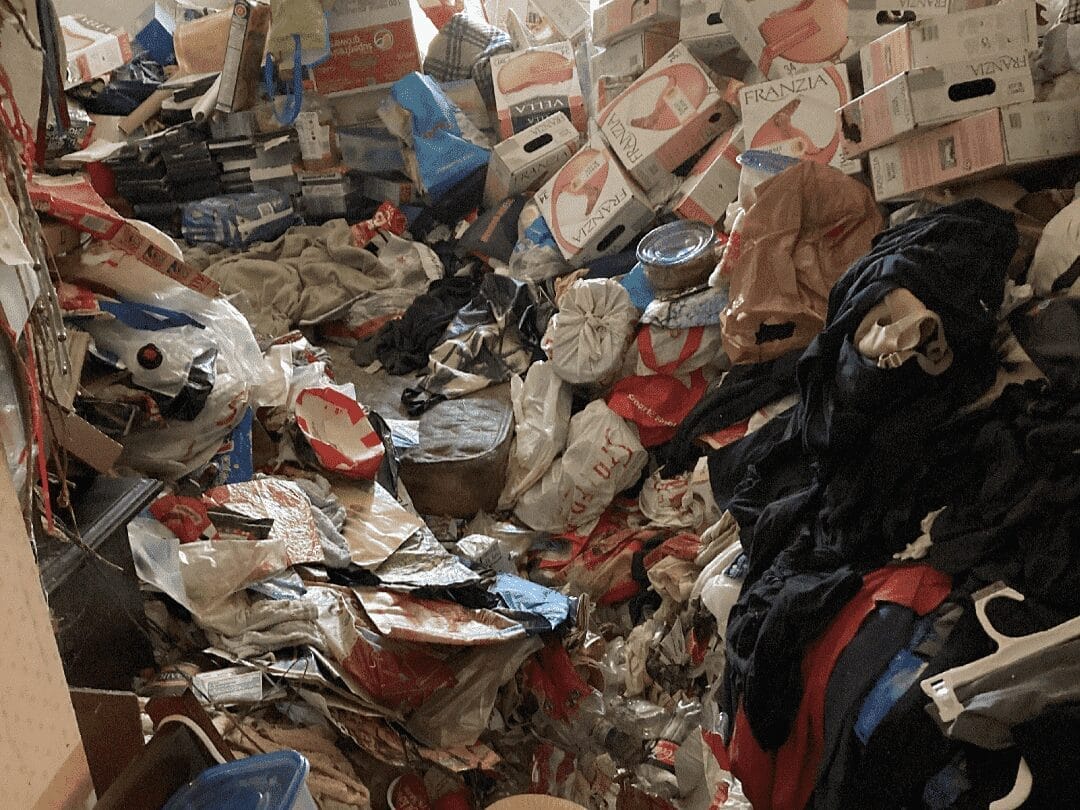
Hoarding vs. Collecting: Understanding the Difference
People often use the terms hoarding and collecting interchangeably, but significant differences exist between these two behaviors. Collecting is a purposeful and organized activity where individuals intentionally acquire objects that bring them joy or have value for them . Collections are often displayed and well-maintained, and the individual is able to control their desire to acquire items.
On the other hand, hoarding is an uncontrollable urge to accumulate objects without a specific purpose or organization. Hoarders often feel distressed when attempting to discard or part with their possessions.
We covered it all in our blog: Joy vs. Burden: Exploring the Signs of Hoarding and Collecting | Bio-One of Sacramento
Addressing Hoarding Situations - Where to Begin?
If you or someone you know is struggling with any of the 5 stages of hoarding, it's essential to seek help as soon as possible. Hoarding can have severe consequences, both for the individual and those around them. Here are some steps to take when addressing a hoarding situation:
1. Educate yourself the condition
Educate yourself about the signs, causes, and consequences of hoarding by reading articles and speaking to mental health professionals.
2. Approach the individual with compassion and understanding
Hoarding is a sensitive topic, and individuals struggling with it may feel ashamed or defensive when confronted. Approach them with empathy and understanding, and avoid judgment or criticism.
3. Encourage seeking professional help
Hoarding often requires professional intervention. Encourage the individual to seek therapy or join a support group specifically for hoarders.
4. Offer practical support
Hoarding can be overwhelming, and the individual may feel paralyzed by the thought of addressing their possessions. Offer practical support, like helping them declutter or organizing their house.
5. Understand that change takes time
Hoarding won't be changed overnight. Be patient and understanding, and celebrate any progress made towards a positive change.
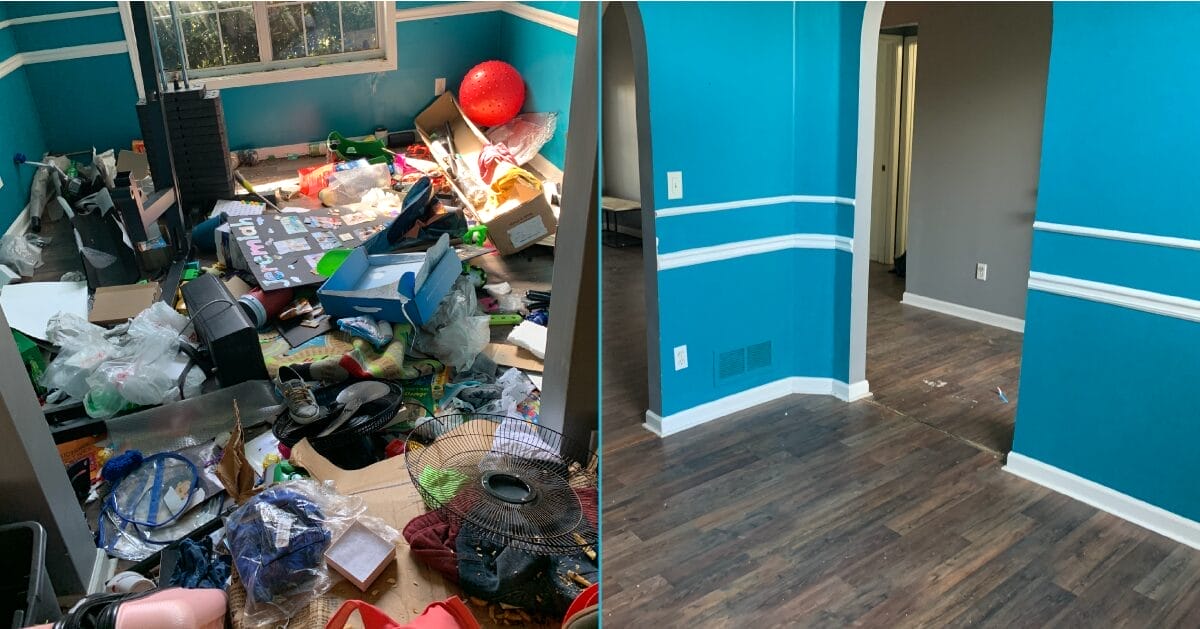
How Bio-One of Sacramento Can Help
Bio-One of Sacramento offers professional hoarding cleanup services to help individuals struggling with hoarding. We understand that hoarding requires a personalized approach, which is why we work closely with clients to develop a plan that meets their specific needs. Let us help you or your loved one on the journey to recovery.


